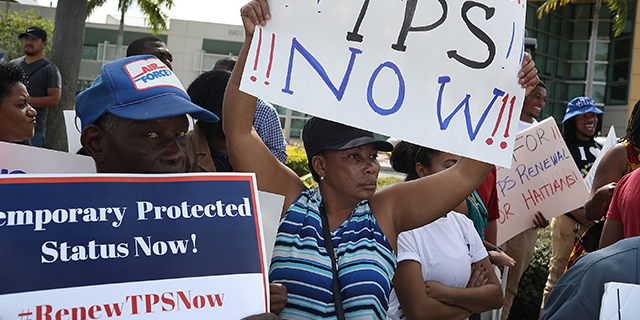
This week we learned about the activism and contributions of DACA and undocumented immigrants within the United States and their statuses. Within the article “Becoming DACAmented: Assessing the Short-Term Benefits of Deferred Action for Childhood Arrivals (DACA)” we learned from their study the social political affects of DACA on DACA recipients based off their exposure to “resources” that therefore seems to be able to determine the extent to which DACA recipients are able to take advantage of their status. In addition to this we also read the article about how “Dreamers” such as “Gabriela Cruz” have been able to make their mark on the current political stage and how they are currently affecting elections without necessary being part of the electorate. Articles such as these has in contemporary times lead to the “hyper visibility” of immigrants within the US. However, even with this hyper visibility there seems to be a racialization of immigration issues where within the discussions of general immigration issues (even within the context of this class and its syllabus) where immigrants with immigration issues seems to equate Hispanic or Latino.
This article by Jamila Osman a Somalian Writer, educator, and community organizer, attempts to “expand” current discussion on immigration and immigrant statuses and rights to include those who although although face immigrant issues, do not receive significant support from the immigrant community. Osman talks about the fact that although approx. 66,000 Haitian immigrants are up for deportation because of the potential end of TPS their issues/stories are often kept from the general population despite the fact that the Trumps administration is also trying to end TPS as a whole. Therefore, to build on Osman’s argument not only would this affect a significant portion of the current Haitian population but it would also affect a significant portion of the South Sudanese population, the El Salvador, Honduras, Nepal, Nicaragua, Somalia, Sudan, Syria, and Yemen US Population. However, these populations have been largely ignored because the immigration discussions has been not simply been centered but also encompassed by DACA, and the immigrants addressed within this conversations has simply been reduced to being Hispanic and Latino immigrants. Therefore, this article attempts to expand the view for us to see all immigrants and all of their issues which had been rendered invisible because their identities falls at the ” intersection of xenophobia and anti-black racism” and have therefore been failed by the “The immigrant rights movement ” despite the best efforts of activists within those communities.
Therefore my questions are:
1. How does the invisibility of black, TPS, and Afro Latinos from the contemporary discussions of immigration have provided them with both obstacles but also advantages?
2. How do we start including all immigrants within the discussion of immigration when historically a portion of the immigrant population have had their rights and even their issues largely ignored from the broader discussion?
https://www.aljazeera.com/indepth/opinion/black-lives-matter-immigrant-rights-movement-171210095207677.html